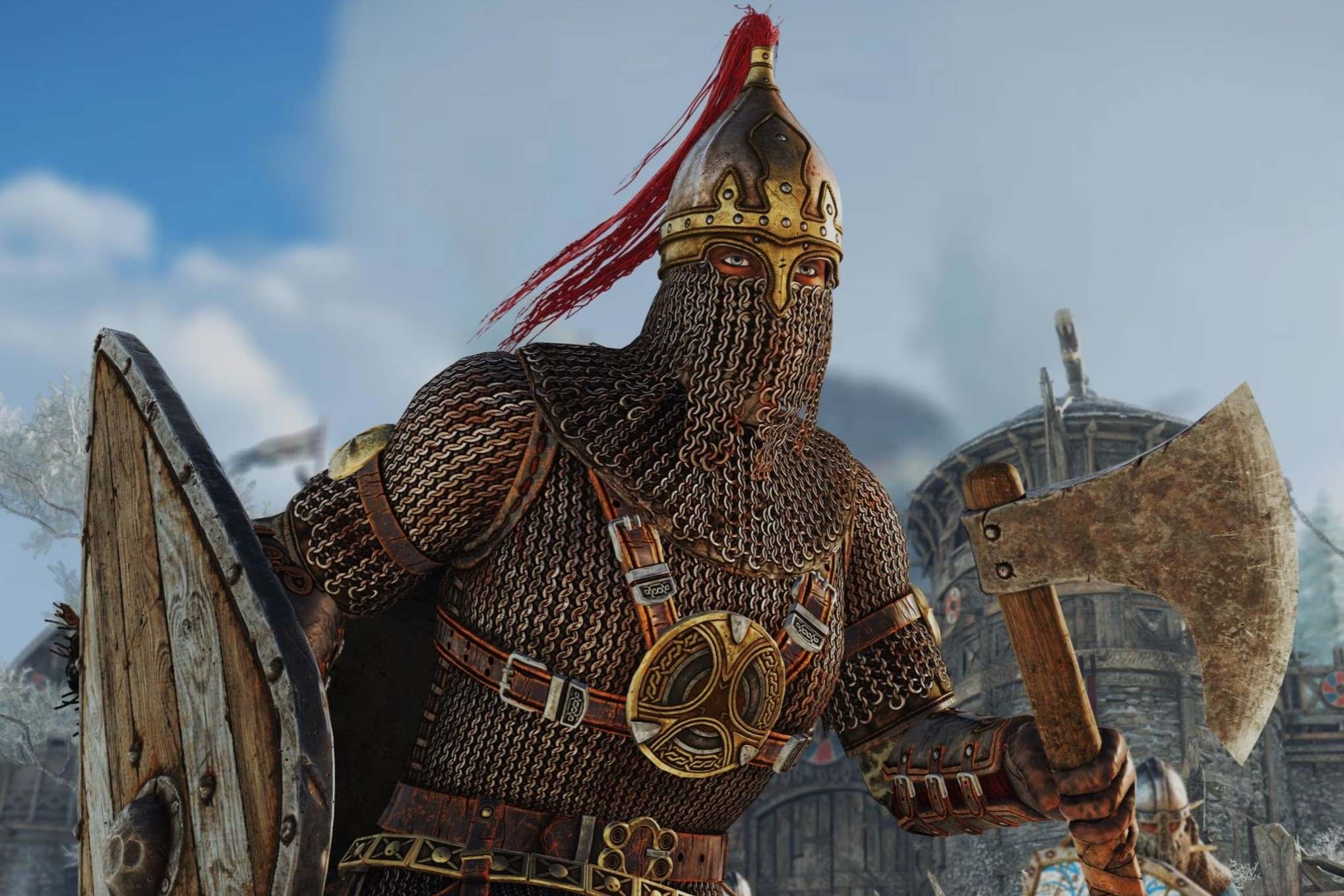
Who were the Varangian Guard? The Varangian Guard was an elite unit of the Byzantine Army, primarily composed of Norsemen and later Anglo-Saxons. They served as personal bodyguards to the Byzantine Emperors from the 10th to the 14th centuries. Known for their fierce loyalty and formidable fighting skills, these warriors were often recruited from Scandinavia and the British Isles. The Varangian Guard not only protected the emperor but also played crucial roles in battles and political intrigues. Their presence in Byzantine history is marked by bravery, discipline, and a unique blend of Viking and Byzantine cultures.
Key Takeaways:
- The Varangian Guard, formed in 988 AD, was a diverse and formidable force of Norsemen, Anglo-Saxons, and Viking warriors who served as personal bodyguards to the Byzantine Emperors.
- The Varangian Guard's legacy endures through their influence on Byzantine culture, famous members like Harald Hardrada, and their depiction in popular culture, including novels, video games, and historical reenactments.
Origins of the Varangian Guard
The Varangian Guard was an elite unit of the Byzantine Army, primarily composed of Norsemen and later Anglo-Saxons. They served as personal bodyguards to the Byzantine Emperors.
- The Varangian Guard was established in 988 AD by Emperor Basil II.
- Initially, the Guard consisted mostly of Viking warriors from Scandinavia.
- The name "Varangian" comes from the Old Norse word "væringjar," meaning "sworn men" or "foreigners."
- The Guard was formed as part of a treaty between the Byzantine Empire and Kievan Rus'.
Recruitment and Composition
The Varangian Guard's ranks were filled with fierce warriors from various regions, making it a diverse and formidable force.
- Over time, Anglo-Saxons who fled England after the Norman Conquest joined the Guard.
- Recruits were known for their loyalty and fighting skills.
- Members of the Guard were often paid in gold, making it a lucrative position.
- The Guard was known for its distinctive battle axe, a symbol of their strength and prowess.
Role and Duties
The Varangian Guard played a crucial role in the Byzantine military and court, performing various duties beyond just guarding the emperor.
- They served as the emperor's personal bodyguards during peacetime.
- In wartime, they acted as shock troops, leading charges and breaking enemy lines.
- The Guard also participated in ceremonial functions, adding prestige to the emperor's court.
- They were involved in various military campaigns, including battles in Italy, the Middle East, and the Balkans.
Cultural Impact
The presence of the Varangian Guard left a lasting impact on Byzantine culture and beyond.
- The Guard introduced Norse and Anglo-Saxon customs to the Byzantine court.
- Their loyalty and bravery were celebrated in Byzantine literature and art.
- The Varangian Guard's exploits were recorded in sagas and chronicles, preserving their legacy.
- They influenced Byzantine military tactics with their unique fighting style.
Famous Members
Several notable figures served in the Varangian Guard, leaving their mark on history.
- Harald Hardrada, who later became King of Norway, served in the Guard.
- The Anglo-Saxon nobleman Tostig Godwinson, brother of King Harold II of England, was a member.
- Many members of the Guard returned to their homelands with wealth and stories of their adventures.
- Some Varangians settled in the Byzantine Empire, integrating into local society.
Decline and Legacy
The Varangian Guard's influence waned over time, but their legacy endured.
- The Guard began to decline in the 12th century due to political and military changes.
- The Fourth Crusade in 1204 dealt a significant blow to the Byzantine Empire and the Guard.
- Despite their decline, the Varangian Guard remained a symbol of loyalty and martial prowess.
- Their legacy influenced later mercenary groups and elite military units.
Varangian Guard in Popular Culture
The Varangian Guard has captured the imagination of writers, artists, and historians, appearing in various forms of media.
- They are featured in historical novels, such as "The Last Light of the Sun" by Guy Gavriel Kay.
- The Guard appears in video games like "Total War: Attila" and "Crusader Kings II."
- They are depicted in films and TV series, including "Vikings" and "The Last Kingdom."
- The Varangian Guard is a popular subject in historical reenactments and festivals.
Artifacts and Relics
Artifacts related to the Varangian Guard provide valuable insights into their history and culture.
- Several battle axes and swords attributed to the Guard have been discovered.
- Byzantine coins and jewelry found in Scandinavia suggest trade and cultural exchange.
- Manuscripts and chronicles from the period mention the Guard's exploits and contributions.
- Relics and inscriptions in Byzantine churches commemorate the Varangian Guard.
Modern Interpretations
Historians and scholars continue to study the Varangian Guard, shedding new light on their role in history.
- Recent archaeological discoveries have provided more information about their origins and activities.
- Modern historians debate the extent of the Guard's influence on Byzantine politics and military strategy.
- The Varangian Guard remains a subject of fascination, symbolizing the blend of cultures and the enduring legacy of the Byzantine Empire.
The Legacy of the Varangian Guard
The Varangian Guard left a lasting mark on history. These elite warriors, originally from Scandinavia and Eastern Europe, served as the personal bodyguards to Byzantine emperors. Their loyalty, fierce combat skills, and unique cultural blend made them stand out in the annals of military history. They not only protected the empire but also influenced Byzantine culture with their customs and traditions.
From their distinctive battle axes to their role in key battles, the Varangian Guard's contributions were significant. They symbolized the fusion of different cultures and the importance of loyalty and bravery. Their legacy continues to fascinate historians and enthusiasts alike.
Understanding the Varangian Guard offers a glimpse into a unique chapter of medieval history, showcasing the power of unity and the impact of diverse backgrounds coming together for a common cause. Their story remains a testament to the enduring spirit of warriors who shaped history.
Frequently Asked Questions
Was this page helpful?
Our commitment to delivering trustworthy and engaging content is at the heart of what we do. Each fact on our site is contributed by real users like you, bringing a wealth of diverse insights and information. To ensure the highest standards of accuracy and reliability, our dedicated editors meticulously review each submission. This process guarantees that the facts we share are not only fascinating but also credible. Trust in our commitment to quality and authenticity as you explore and learn with us.


